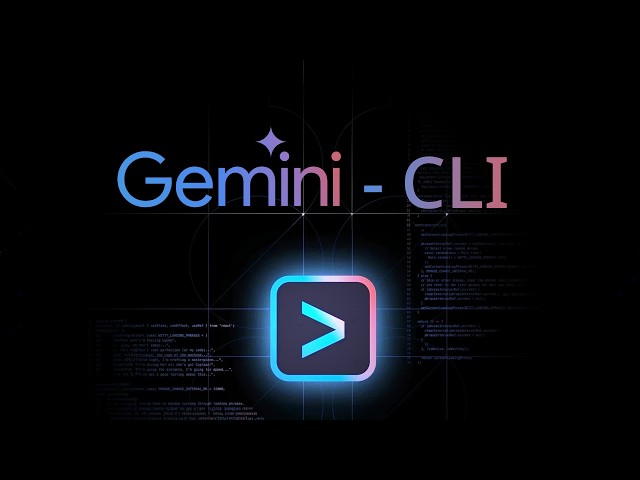The world of Generative AI (GenAI) is evolving at a breakneck pace, with new models and applications emerging almost daily. A key question for developers, businesses, and enthusiasts alike is the accessibility and cost of these powerful tools. Recent moves by tech giants, particularly Google, suggest a fascinating trend: a push towards making advanced GenAI capabilities incredibly cheap, if not entirely free, for a significant portion of users.
At Geeks Economy, we’re keenly observing these shifts, as they have profound implications for innovation, market dynamics, and the democratization of AI. Is Google truly aiming to drive the cost of GenAI to near zero, and if so, what does that mean for the future?
Google’s Strategy: Free Access to Powerful GenAI
Google’s recent release of Gemini CLI (Command Line Interface) is a prime example of this strategy. This open-source AI agent integrates Google’s powerful Gemini 2.5 Pro model directly into the user’s terminal, offering unprecedented free access with generous usage limits: up to 60 free model requests per minute and 1,000 daily requests at no charge.
This isn’t just about coding assistance; Gemini CLI empowers users to execute commands, write complex code, create diverse content, conduct in-depth research, and manage tasks, all through natural language prompts within their terminal environment.
This offering stands in stark contrast to many competitors, such as OpenAI’s Codex CLI and Anthropic’s Claude Code, which typically price their services based on token consumption. By providing high-tier model access for free, Google is making a bold statement about its intent to lower the barrier to entry for advanced AI development and application.
The “Zero Marginal Cost” Theory
This aggressive pricing strategy aligns with predictions from prominent figures like Emad Mostaque, who suggested that Google (among others) would drive the cost of generalized AI to zero marginal cost. His argument centers on Google’s inherent advantages in three key areas:
- Data: Google’s vast ecosystem provides unparalleled access to diverse datasets, crucial for training and refining powerful AI models.
- Distribution: With its dominant position across search, mobile, and cloud services, Google possesses an unrivaled distribution network to get AI tools into the hands of billions.
- Integration: Google’s ability to seamlessly integrate AI features across its myriad products and services, from Workspace to Android, creates a cohesive and accessible AI experience.
Furthermore, Google’s significant investment in its own custom hardware, Tensor Processing Units (TPUs), gives it a distinct cost advantage. By training and deploying AI models on its proprietary chips, Google reduces its reliance on external suppliers like NVIDIA, allowing it to absorb costs more effectively and pass those savings (or free access) onto users.
A Broader AI Ecosystem of Accessibility
Gemini CLI is not an isolated case. Google’s broader AI strategy includes numerous other free or low-cost offerings:
- Gemini App: Provides free, albeit limited, access to some of Google’s best AI models.
- Gemma-3n: A lightweight, open-source model that offers excellent performance for its segment and can even be downloaded on Android devices for offline use.
- NotebookLM: A free tool for knowledge management powered by AI.
- Google Workspace AI Features: Integrating AI capabilities directly into widely used productivity tools like Docs, Sheets, and Slides.
Implications for the Future of AI
Google’s aggressive push towards making powerful GenAI tools free or highly accessible signals a significant shift in the AI landscape. For the “Geeks Economy”—developers, startups, researchers, and tech enthusiasts—this move democratizes access to cutting-edge technology, potentially fueling a new wave of innovation and application development that might have been cost-prohibitive otherwise.
While it challenges traditional business models for AI, it also forces competitors to innovate and reconsider their own pricing strategies, ultimately benefiting the end-user. Google’s strategy suggests that the true value of AI may not lie in charging per token, but rather in leveraging its vast infrastructure and distribution to integrate AI deeply into its existing ecosystem, driving overall engagement and data insights.
This isn’t just about lowering costs; it’s about making advanced AI ubiquitous and enabling a future where powerful generative capabilities are a standard, accessible tool for everyone.


